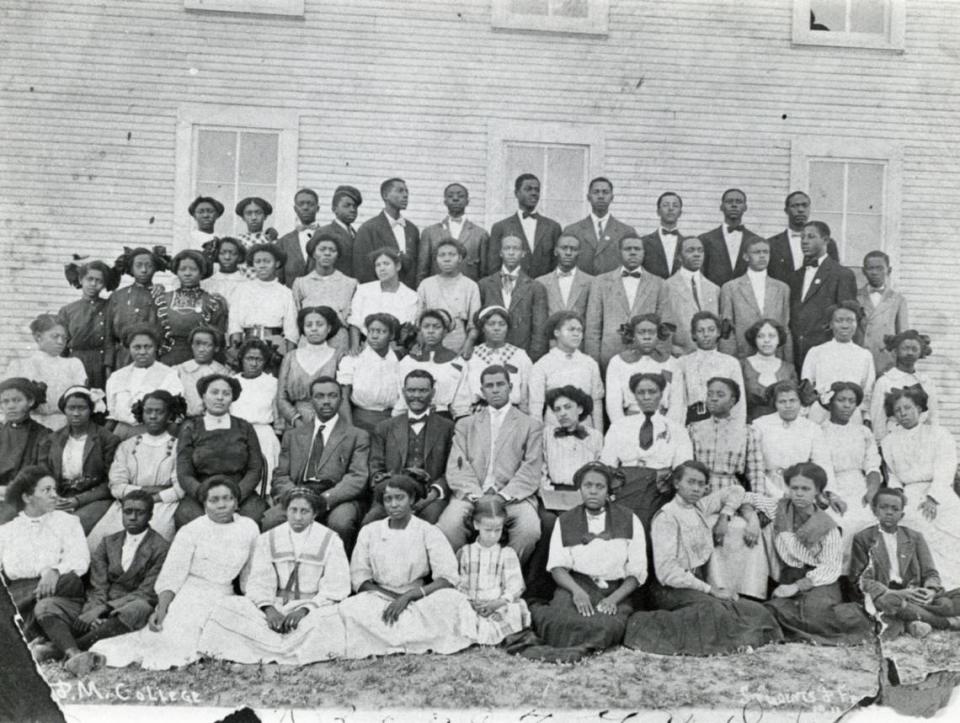When Como had a college: How Fort Worth missed out on a needed professional school
Fort Worth’s Lake Como neighborhood was supposed to be a center of science and technology education for all of Texas, a magnet to draw professionals from across America and the South.
But Fort Worth I&M College ran out of money.
For about 10 years from 1909 to about 1918, Farnsworth Avenue east of Horne Street was home to Fort Worth’s great hope for Black Christian professional education.
White and Black Baptists joined to finance a university that was designed to become Texas’ equal of Alabama’s Tuskegee Institute.
But Fort Worth’s history as home to a historically Black college has been lost to time, even in the Lake Como neighborhood.
“I have never heard about that at all!” said U.S. Rep. Marc Veasey, a Lake Como product.
“People talk about the old movie theater and the amusement park — just imagine how incredible it would be if that college were still here today.”
One of Fort Worth’s worst shortfalls as a city is our historically poor support for higher education.
The new Texas A&M-Fort Worth campus will finally bring the city a major state research center along with a new home for A&M’s growing law school. The University of North Texas Health Science Center has thrived quietly in various forms for more than 50 years.
Texas Christian University now has a new medical school and a strong business school. But for much of the 20th century, its leading programs were nursing and ranch management.
Texas’ nine HBCUs — including Paul Quinn College in Dallas, founded the same year as Fort Worth I&M, and Houston-area Prairie View A&M and Texas Southern — generate an estimated $1.3 billion annually for the state economy and create more than 11,000 jobs.
But when Fort Worth Industrial & Mechanical College closed during World War I, the city missed out on that success.
“All you have to do is look at Atlanta,” said Fort Worth lawyer Glenn Lewis, a former Texas Southern board chairman and current chairman at Texas Wesleyan, in a 2021 interview..
“The reason you have such a large and prosperous Black middle class in Atlanta is because HBCUs have been graduating professionals for 100 years, along with the educators to sustain it. ... If we’d had an HBCU in Fort Worth turning out doctors and lawyers, this would be a very different place.”
Fort Worth I&M was never big. It started with 40 students, both boys and girls.

Photos in the Tarrant County Black Historical & Genealogical Society Collection at both the Tarrant County Archives and the Fort Worth Public Library show more than 60 students.
But the university hired a large number of noted Black educators, including prominent former Prairie View President Dr. E.L. Blackshear; nationally known human and animal rights activist Rev. Dr. Rivers Barnwell; and longtime I.M. Terrell High School principal Lorenzo Johnson, whose students later included a young Opal Flake (Lee).
“All of these early HBCUs, their purpose was to go into Black communities and educate freed slaves and their children,” Lewis said.
“Just as education was an urgent problem then, education in the inner city is an urgent problem now. The solution is going to have to come from HBCUs.”
It could have started in Lake Como.

